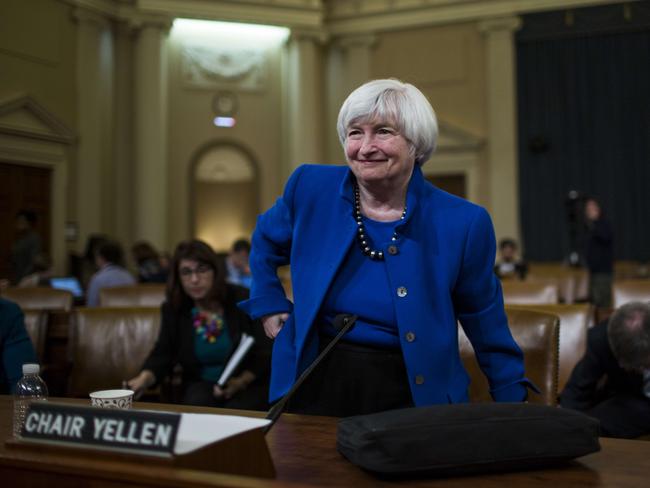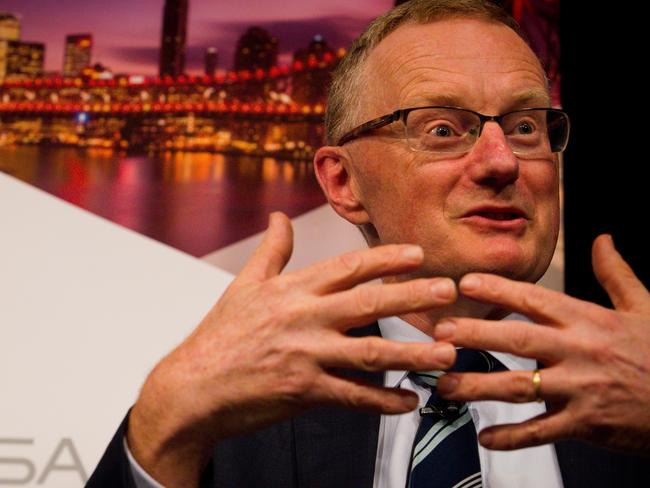How rising US interest rates will impact Australians
TRAVELLERS heading overseas will lose their buying power as interest rates in the US draw level with Australia for the first time in 17 years. And the knock-on effect will be huge.
Costs
Don't miss out on the headlines from Costs. Followed categories will be added to My News.
TRAVELLERS heading overseas are set to lose some of their buying power as interest rates in the US are poised to draw level with Australia for the first time in 17 years.
Currently worth around US76c, the Aussie dollar next year could lose up to 10 per cent of its value against the US dollar. However a return to travellers’ nightmare days of the early 2000s — when our dollar was worth just US50c — is not expected.
While the Reserve Bank of Australia is almost certain to keep its official interest rate on hold at a record low 1.5 per cent on Tuesday, US authorities are widely expected to increase their benchmark rate next week from 1.25 to 1.5 per cent, and three more rate rises there are forecast for 2018.

Economists say the Aussie dollar will be hit first, weakening our currency but helping our exporters.
It will be the first time that the official US interest rate is higher than Australia’s since December 2000, and AMP Capital chief economist Shane Oliver said this pointed to a falling dollar “because it’s less attractive to park money in Australia relative to the US”.
LENDING: A better interest rate than a bank
“In the early 2000s the Australian dollar fell below US50c,” he said.
However, that low level was before the China mining boom fired up, when commodity prices were much lower and when Australia was seen as an old economy, Dr Oliver said. He predicted the Aussie dollar could slip to around US70c next year.
Mortgage interest rates could also climb over the year ahead as rising US rates increase the cost of borrowing money for banks.

Dr Oliver said the RBA was unlikely to lift its official cash rate for about a year, but variable and fixed mortgage rates could rise amid higher international funding costs and bond yields. “However, the real impact on most borrowers wouldn’t come until the RBA moves.”
HSBC Australia and New Zealand’s chief economist, Paul Bloxham, said he expected an RBA rate rise earlier in 2018 as growth in the economy and wages picked up.
“We expect the RBA to begin to lift its cash rate as soon as it is convinced that wages growth is past the trough. We have a hike pencilled in for the second quarter of 2018,” he said.
BetaShares chief economist David Bassanese said he expected Australia’s official interest rate remain on hold next year, but said rising US rates would increase bank funding costs and potentially weaken the share market.
“There’s a gradual move towards higher interest rates globally. Australia won’t be the first to move, but it won’t be the last mover either,” he said.
Mr Bassanese has forecast the Aussie dollar to fall towards the low US70c range next year.
Originally published as How rising US interest rates will impact Australians

